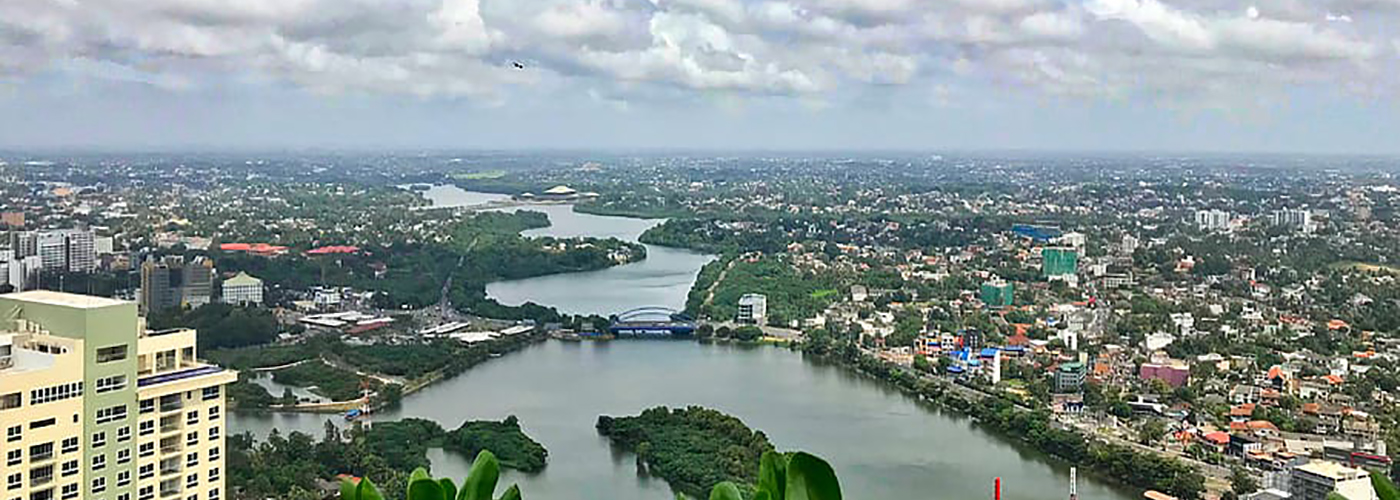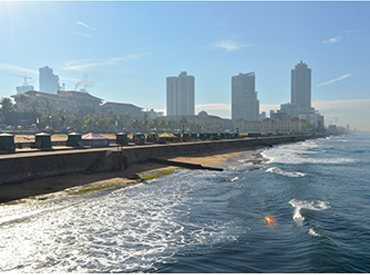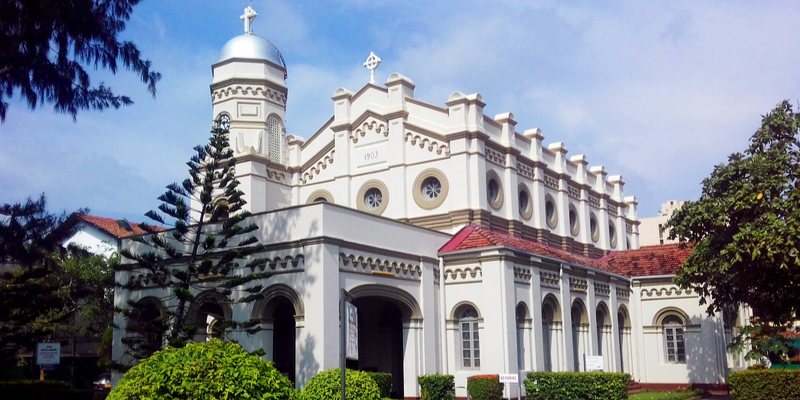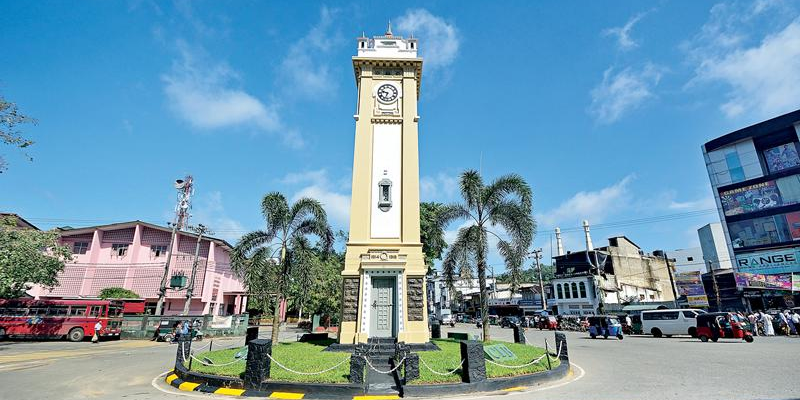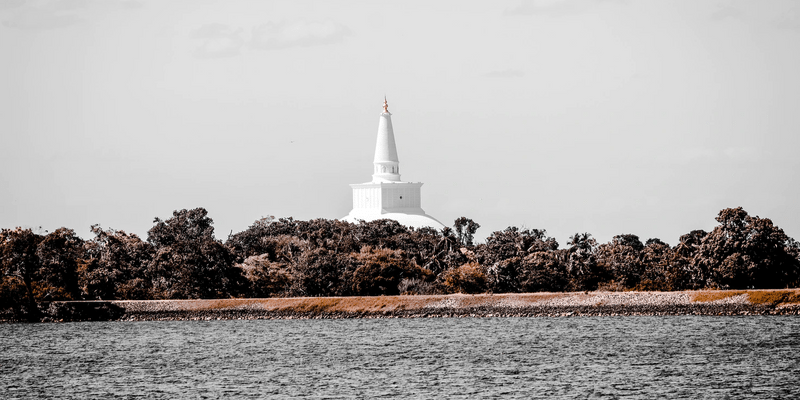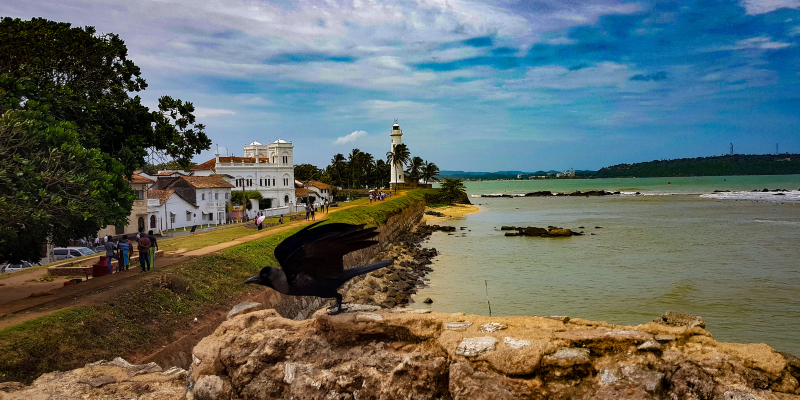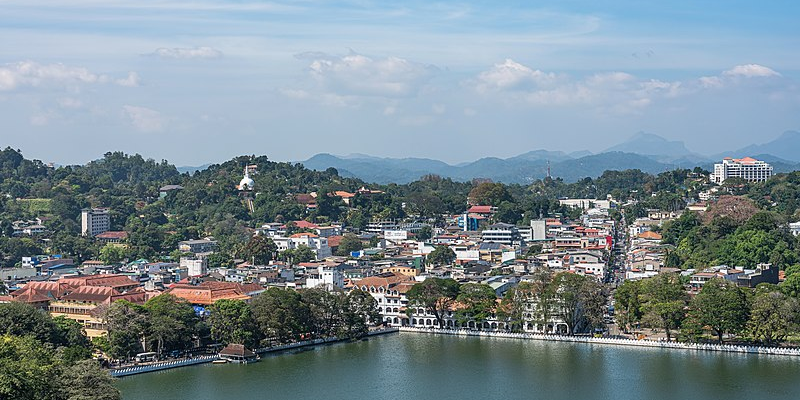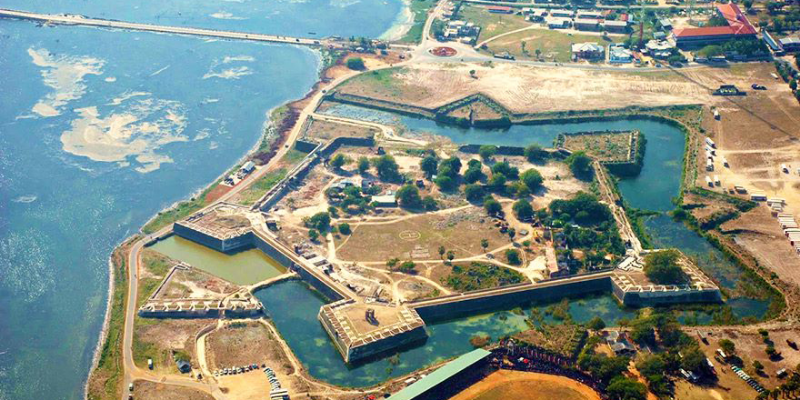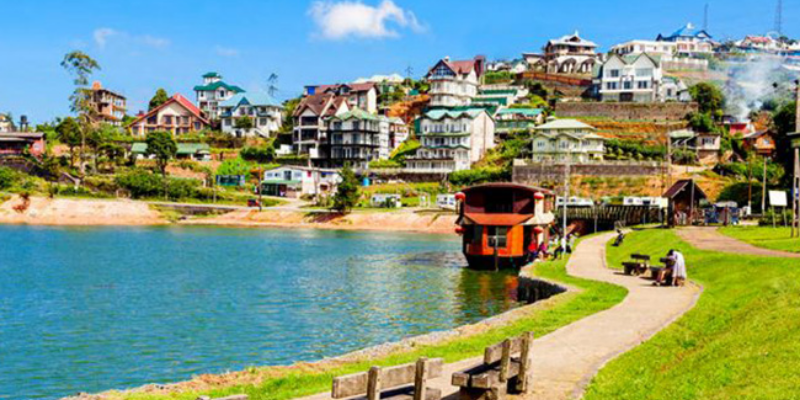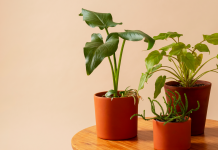2020 Jan 13
The sunny tropical Island of Taprobane, as rich in diversity and history, its cities also carry beautiful stories. This article will examine how popular cities of Sri Lanka got their names. The various names were heavily influenced by the Aborigines, Aryans and Tamils, including international conquerors from Britain, Portugal, Holland, and France. They also have their origins from other languages from across the globe, such as Portuguese, Dutch, English and even Greek.
Here is a chance for us to remember how well connected the people of ancient Sri Lanka were. While we may often believe that we were simply a lone Island in the middle of the Indian Ocean, thriving in our agricultural methods, we must constantly remember that it was not so. Sri Lanka had connections at a far greater scale than we can understand or learn in the 21st Century.
Milagiriya
Sounds very Sinhalese? Not really. This city takes its name from the Portuguese word “Milagre,” or Miracle. In the famous modern Milagiriya, the Portuguese built a Roman Catholic Church while they were here. This church was called the ‘Church of Our Lady of Miracles’. It was translated into Latin and then into a word sounding similar to Milagiriya. In 1656, after being captured by the Dutch colony, the Milagiriya church gave way to a Sinhalese school where instruction was made available in the religion of the Reformists. In 1848 the Rev. Joseph Thurstan was chiefly responsible for superintending the construction of the new church, which was dedicated to St. Paul the Apostle. Shortly after, the British built a new church on these grounds in 1848 and named it St. Paul’s Church, Milagiriya – the church is now a significant landmark in Colombo.
Nugegoda

Nuga, which means ‘Banyan tree’, clearly gives us the impression that many banyan trees were here. Nugegoda, while meaning ‘village of banyan trees’, can also mean ‘above the banyan tree’, indicative of the brutal history of punishment in Sri Lanka where a person was hung ‘above’ a tree during the Kotte kingdom, which is much more of an interesting fact!
Polonnaruwa
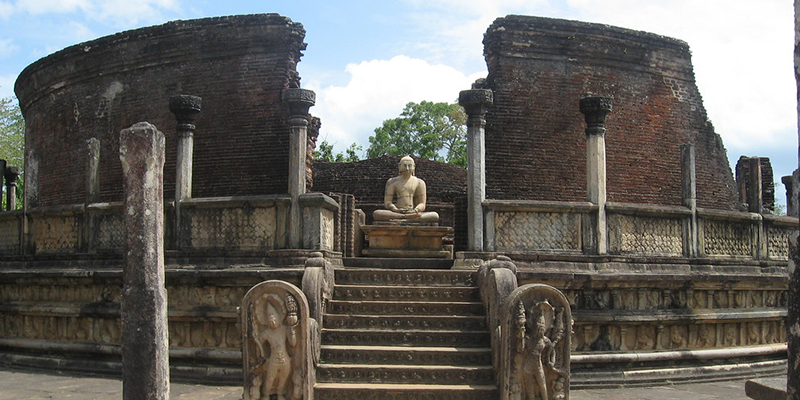
Polonnaruwa is the second ancient capital of Sri Lanka. This internationally treasured city of great ancient architecture and history has a few theories on its name formation. According to the legends, it is said that in Polonnaruwa, not a drop of water is wasted. The city is located close to a large manmade lake called Parakrama Samudra. Pulainari is mentioned in Tamil inscriptions found in Polonnaruwa from the Chola period. The name is a contraction of its ancient name Pulastya Nagara or Pulatti Nakaram, meaning city of the Hindu sage Pulastya. It was renamed under Chola rule as Jananathapuram or Jananathamangalam. Another exciting find was that the word ‘uhr’ comes from Hebrew, which indeed means village. Quite a mind-blowing fact!
Ratmalana

When speaking of Ratmalana, the only thing I ever think of is a scorching place and our beloved Ratmalana Airport, but really, did you know that this was an area that used to be called ‘Ratmal Uyana’, which means a place filled with red flowers. Imagine that, a garden of red flowers!
Nawala

Nawala means ‘elephant garden’, indicating that there were elephants in Nawala. Another interesting fact is that the people heard trumpeting elephants when a Portuguese soldier shot King Buwanekabahu VII of Kotte in the late 1500s. A massive uproar spread across Kotte, and the kingdom was in turmoil. A Dutch Historian even called the hoard of elephants a “howling wilderness, caught and kraaled”.
Minipe

A fascinating fact is that the names of Sri Lankan places are the suffix ‘pe’ such as in Minipe, Dompe, Kospe, Bope, or Veralupe. Every time ‘pe’ comes into play, it means the area was at the foot of a tree, except for the case of Minipe, which simply means precious stone.
Mabole

The story of Mabole goes back to King Rajasinghe II, who used the aid of the Dutch to get rid of the Portuguese. Out of gratitude, a large area of land was gifted to him from the Wattala area. This area came to be called ‘Maha Budale’ by the Dutch, which translates to ‘great gift’. The Portuguese were only able to pronounce it as an ‘r’. Hence it became ‘Maha Borale’, which the British later shortened to Mabole.
Kirulapone
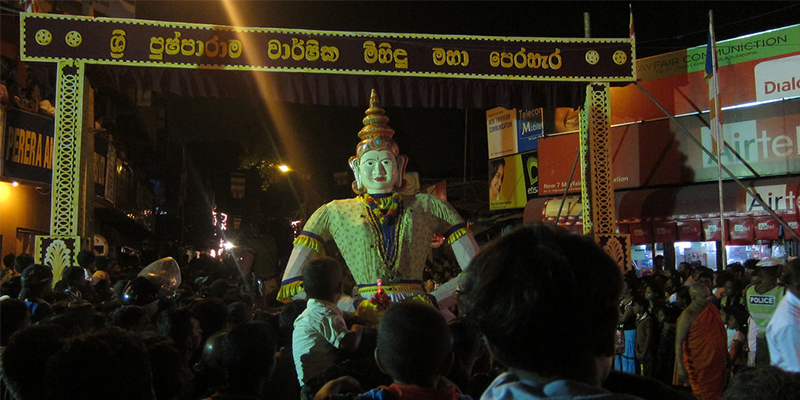
The Sri Pada Mountain, 7,359 feet tall, is like a Crown ‘Kirula’. Just like a crown that sits on top of one’s head, the crown was visible (In Sinhala, pene) to this city. Hence the name formed ‘Kirulapene’ (Crown is visible), and with time it became, Kirulapone.
Moratuwa
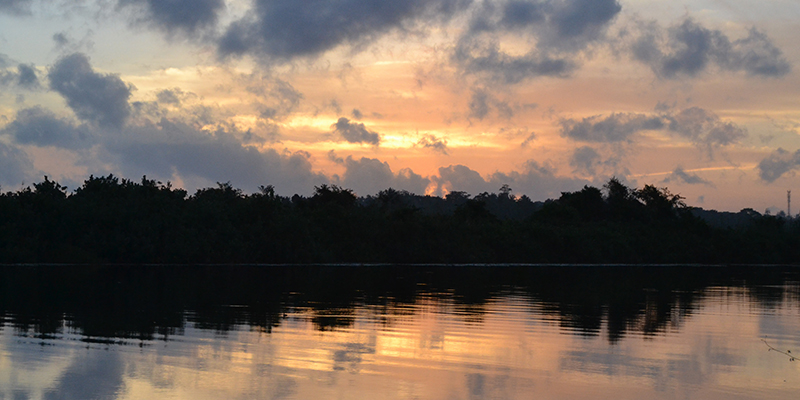
‘Mura Atuwa’ (guard posts). Many writers claim that the people residing in the Moratuwa area watched the high towers during the Jaffna invasions and helped guard the kingdom.
Dehiwala

Dehiwala has many stories about the origin of its name. One of those is ‘Diya Wala’, which means a dip or hole filled with water. It is believed that this area had many ponds and lakes. Thus, it became known as Diyawala (an area filled with water). Another speculation is that this area had many lime trees, and so, people called it Dehiwala. It is said that the King of Kotte filled all his lime requirements from this area. Dehiwala is also rumoured to have been a forest where cult practices took place, thus earning it the name ‘Devil Forest’.
Ratnapura
‘Ratnapura’ is a Sanskrit word meaning ‘city of gems’, from the Sanskrit words ‘Pura’ (town/city) and ‘Ratna’ (gemstone). It is the centre of a long-standing industry of precious stone mining. With that said, the city is also known for rice, fruit, tea and rubber cultivations. What’s more? Ratnapura is famed for the Sinharaja Forest Reserve, Udawalawe National Park, Kitulgala, and Adam’s Peak.
Anuradhapura
Sri Lanka’s first planned city, Anuradhapura, is also the first historical capital of the Island. Initially founded by a minister of King Vijaya named Anuradha, Anuradhapura was a small village named Anuradhagama. Later in 543 BC, under King Pandukabaya, the village was renamed and expanded into the well-built kingdom we have learnt of in our history books.
Due to its ruins of an ancient Sri Lankan civilisation, UNESCO named it a world heritage site, referring to it as the ‘Sacred City of Anuradhapura’.
Galle
Also a world heritage site, it is believed that Galle gets its name from Gaalla in the Sinhala language due to the large number of bullock carts that took shelter in the city after the long-distance, slow-moving journeys from remote regions of the Island. Gaala in Sinhala means the place where cattle are herded together.
Another argument is that Galle stems from the Sinhala word ‘gala’ or rock, which the Portuguese adapted to the Latin word gallus, meaning ‘rooster’! They designed the city’s coat-of-arms to that of a rooster standing upon a rocky perch.
Kandy
Kandy, also known as Maha Nuwara, means ‘Great City’. Kandy gets its name from Kanda, which is Sinhalese for a hill. During the city’s initial construction, it was known as Kanda Uda Pas Rata (‘Palace on Five Hills’).
Jaffna
Did you know that Jaffna is called Yarlpanam in Tamil and Yapanaya in Sinhala after an ancient musical instrument called the yarl? The story goes that a blind musician named Pannan Veera Raghavan came to the North. At first, he was not allowed to perform for the King as it was the tradition that the ruling King did not meet blind people. However, a curtain was drawn between the King and the blind musician. The King was so impressed that he gave him a plot of land known as Manatri. After that, Pannan Weera Raghavan came to be known as Yarlpadi (Yarl instrument musician). The land gifted to him was known as Yarlpanam, and the name Jaffna is a Portuguese adaptation that means ‘port of the lyre’.
Trincomalee
Trinco, as it is commonly called, gets its name from ‘Tiru-kona-malai’, in Tamil, which means ‘Lord of the Sacred Hill’, because the city is home to the famous Koneswaram temple.
Nuwaraeliya
Many love Nuwaraeliya or ‘Little England’ as it’s called, for its peaceful ambience, climate, and beauty. Its name means ‘city of light’ in Sinhala, which could be because of the highland’s thick forests which gets ample ‘light’ or ‘Eliya’.
Colombo
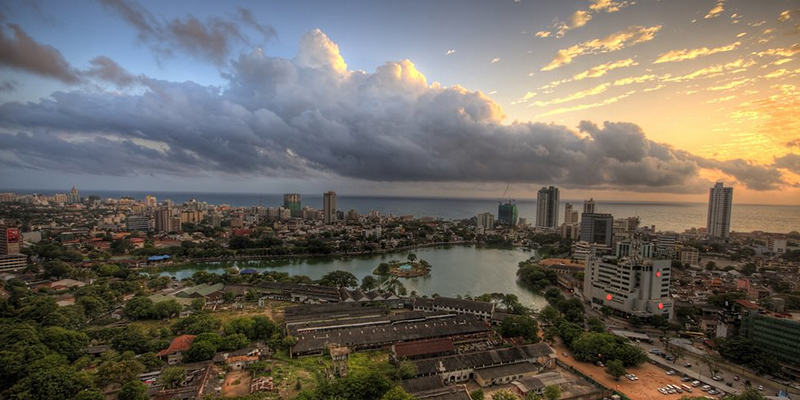
Short and sweet, back in the day the Portuguese called the Colombo Fort St. Lorenzo, but the word Colombo is said to come from what the Dutch called it – ‘Colom thota’. The well-known ‘Kolamba rata’ is now the booming hot spot and hub for all major activities in the country.

